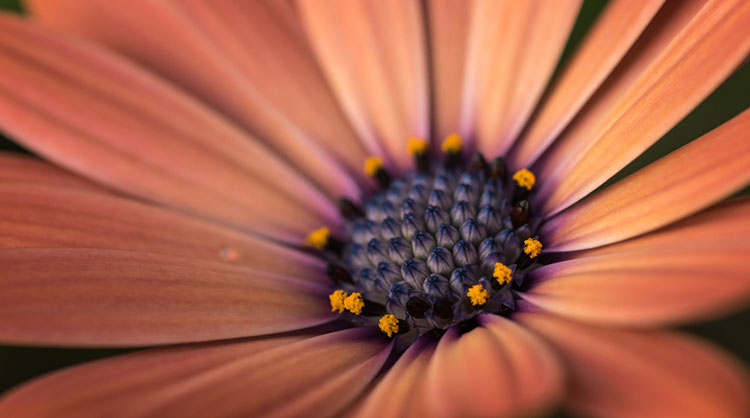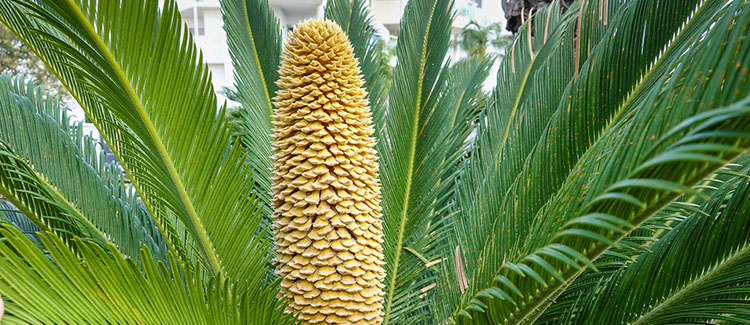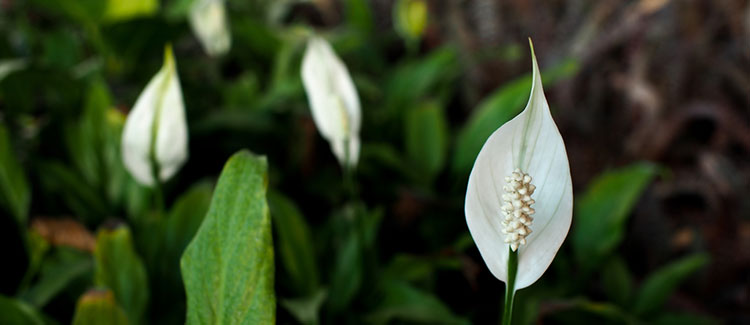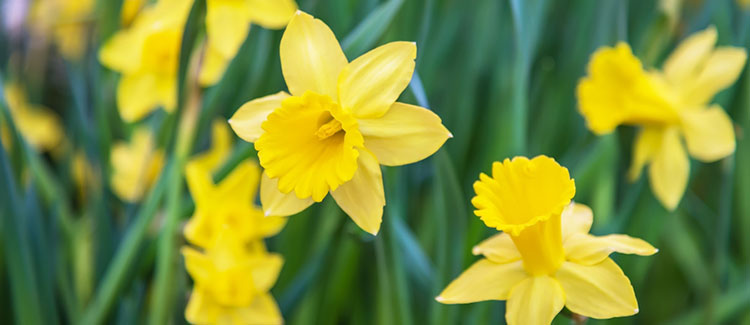Flowers Your Dog Should Avoid
PROTECTION

Posted by bravectosouthafrica – 07 September 2018
What comes to mind when you think of spring? Flowers! The days seem brighter and the mood feels lighter, all because of the beautiful blossoms that start blooming. “Toxic”, “dog poison” or “deadly” are words that probably don’t cross your mind when you think of these beautiful flowers, but unfortunately some of these spring flowers are indeed extremely toxic for your dog.

Download our
Bravecto® brochure.
How to tell if your dog has ingested a poisonous plant
More often than not, once you realise something isn’t quite right, it’s because you start noticing some of the symptoms. By then, it’s frequently close to impossible to track down the source of what’s causing the problem, let alone figure out which poisonous flower was ingested. Getting familiar with the common signs of poisoning in your dog and understanding the variety of poisonous plants are key to protecting your pet. Some of these signs include vomiting, diarrhoea, lethargy, drooling, twitching, tremors, seizures, pawing at the mouth and swollen lips.
Common Poisonous Plants in South Africa
1. Sago Palm, Cycads
This common South African plant is found in many gardens across our country. Coincidentally, this is also one of the plants that pets love to chew on. This is far from the ideal chew toy your dog should be playing with, as the leaves of the Sago Palm are extremely poisonous. As soon as they are ingested, it can cause bleeding disorders, liver damage and potentially, death.

2. Peace Lilies
The Peace Lily is one of the more well-known wildflowers in South Africa. What many people don’t know is that it’s considered a poisonous flower to dogs. If your dog ends up nibbling on them, it can cause severe mouth pain, swollen lips and occasionally, vomiting. Luckily these poisonous flowers aren’t considered deadly, but if ingested, it’s important to keep a close eye on your dog to see if the symptoms worsen, in which case you should contact your veterinarian immediately.

3. Daffodils
When ingested by your dog, daffodils can cause mild vomiting and diarrhoea. The real danger lies in the daffodil bulbs. If the bulbs are ingested in large amounts, it can obstruct your pet’s stomach or intestines, cause severe abdominal pain, convulsions and a serious drop in blood pressure.

What to do if your dog ingests a poisonous plant?
If you have reason to believe your dog has ingested a poisonous plant, it’s important to not induce vomiting unless you are certain which plant your dog has ingested. Different poisonous plants require different and very specific first aid. Although your first instinct might be to induce vomiting, it should be noted that with specific poisonous plants inducing vomiting is not recommended as it worsens the symptoms. As soon as you see any of the symptoms mentioned above, it is recommended that you contact your vet straight away.
Now, even though your pooch won’t be craving these blooming ‘delicacies’, accidents happen when we aren’t looking. That’s why it’s not only important to be slightly more aware of your surroundings, but also to be conscious of what you bring into your home. That lovely bunch of flowers on your kitchen counter or your spring gardening plans could play an important role in your dog’s well-being.
For more information on your dog and poisonous flowers, take a look at the video below:
Although your pooch is already protected against ticks, fleas and mites, take a look at our article on all the other elements to ensure your dog is happy and healthy during spring.
Sources:
https://www.petmd.com/dog/slideshows/emergency/poisonous-plants-to-dogs
https://www.thesprucepets.com/toxic-plants-for-puppy-dogs-2804773
Subscribe to our Newsletter
Get to know your furry friend better! Sign up for all things dog- or cat-related.
The Hairy Facts about the dreaded hairball
12 April 2021
Help! My dog’s barking mad! Volume 2
12 April 2021
Your Itchy, Scratchy Cat – All About Cat Skin Problems
12 April 2021
The Dog’s Diet: A Bone of contention?
01 April 2021
Mango Fly Worms: How to Spot and Eliminate them
Posted on November 28,2019
Managing Mange And Mites In Your Dog
Posted on June 11,2018
Why Do Cats Purr and How? Learn What Your Cat Is Saying
Posted on October 14,2020
How to Get Rid of Ear Mites in Dogs
Posted on November 06,2019









